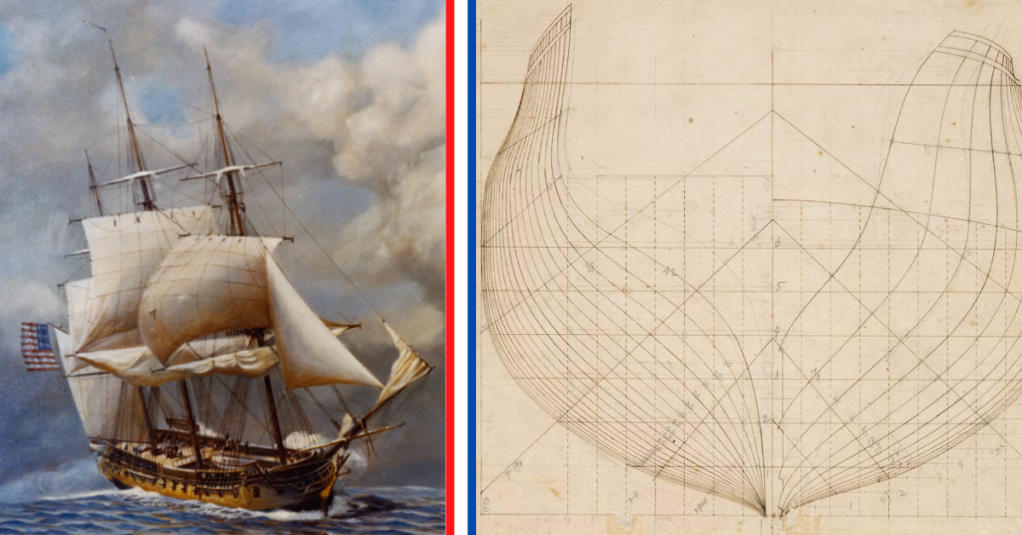

The American Navy had a rough start with the few ships built during the Revolutionary War typically sank or captured, aside from the completed frigate donated to France at the end of the war. No American ship achieved a victory over a foreign ship until the Quasi-War with France 1798 to 1800. And the first victory in that saw an over-strength American frigate led by one of the Navy’s finest absolutely sucker punch a French frigate. After a short but fierce battle, the American ship sailed victorious and took the French ship as a prize.
The start of the Quasi-War
Neither France nor America declared war during the conflict. But France went to war with Britain, asked for America’s help, and then raged when America declared neutrality. France then took a step just a little short of war. They issued letters of marque to privateers and authorized attacks on U.S. merchant ships.
A tiny fleet of American frigates made up the bulk of Navy firepower at the time. And one of the premier frigates, the Constellation, went to the Caribbean to hunt privateers. But, in a fortunate twist, it spotted a French frigate, first, on February 9, 1799.
The U.S. ship gave chase toward the French ship with attempted to sail away for two hours. As the American ship drew close anyway, the French commander of L’Insurgente hailed Constellation.
The normal naval etiquette at the time, especially since no declaration of war existed, would be for the ships to pull close, exchange news and any dispatches, and then sail away. The L’Insurgente made to do so, but the Constellation ignored the hails, drew close to the French ship, and let loose with a double-shot broadside.

A run-and-gun battle and a first American victory
With the French credit, the ship attempted to fight clear. L’Insurgente let loose with its own cannons and attempted to maneuver against its foe. For 74 minutes, the ships were locked in a deadly match. But the greater weight of guns on the American ship, combined with reportedly better discipline and morale, took a continuing toll as the battle played out.
Gradually, L’Insurgente ended up with 70 dead and wounded on its decks while the Constellation had just five wounded. (One died after the battle of his wounds, and another sailor was killed by his own officer as a punishment for cowardice in the face of the enemy.)
The French finally struck their colors and surrendered the ship. L’Insurgente became Insurgent. It sailed with Constellation for a few months before returning to America for a formal commissioning. It went to Europe that winter and captured one French ship and re-captured multiple American ships from the French.
The Constellation fought another famous battle during the Quasi-War, nearly capturing the La Vengeance during a pitched, five-hour night battle. But Constellation couldn’t see the French ship strike its colors in the dark, and the enemy ship eventually drifted away and barely made it to a Dutch port.
The Navy’s newest ships pay tribute to the early frigates, including the USS Constellation.
